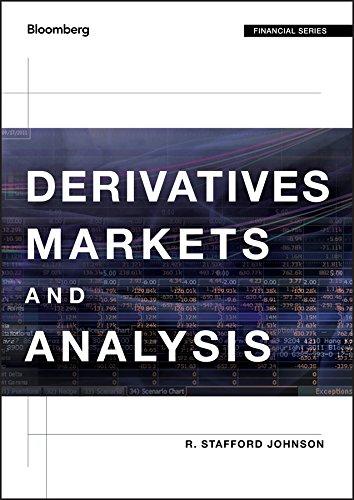Examine the historical prices of commodity futures and the futures call and futures puts options you selected
Question:
Examine the historical prices of commodity futures and the futures call and futures puts options you selected in Exercise 9.Select a time period that the contracts were active.
a. Use the "Chart" screen (Chart
b. Select a period and calculate the profit or loss from opening and closing a short straddle position at the futures call and put prices at the beginning and ending dates for your selected period.
c. Comment on any follow-up actions you could have taken during the period to change your position to a profitable one if you had a loss or more profitable if you had a profit.
d. Using the annotation bar, apply the "\% Change" tool to calculate the percentage change for your select periods, and then click the "News" icon on the annotation bar to find relevant news events on or preceding the opening date.
Exercise 9.
Select a commodity futures option (e.g., a CBT commodity futures option). Use CTM to identify commodities that have option contracts: Enter CTM; Select commodity futures (e.g., corn) and then select "Yes" on the "Options" tab to see futures with options contracts on them; type EXS to find expirations (e.g., \(\mathrm{C} \mathrm{H7}\)
a. Straddle Sale: Short call and put with similar terms.
b. Ratio Call Write: Short in call and long in the futures, with more calls than futures positions.
c. Long Butterfly Spread: Long in call with low X, short in 2 calls with middle \(\mathrm{X}\), and long in call with high \(\mathrm{X}\) (similar position formed with puts).
d. Money Combination Sale: Short call and put with different exercise prices.
Step by Step Answer:






